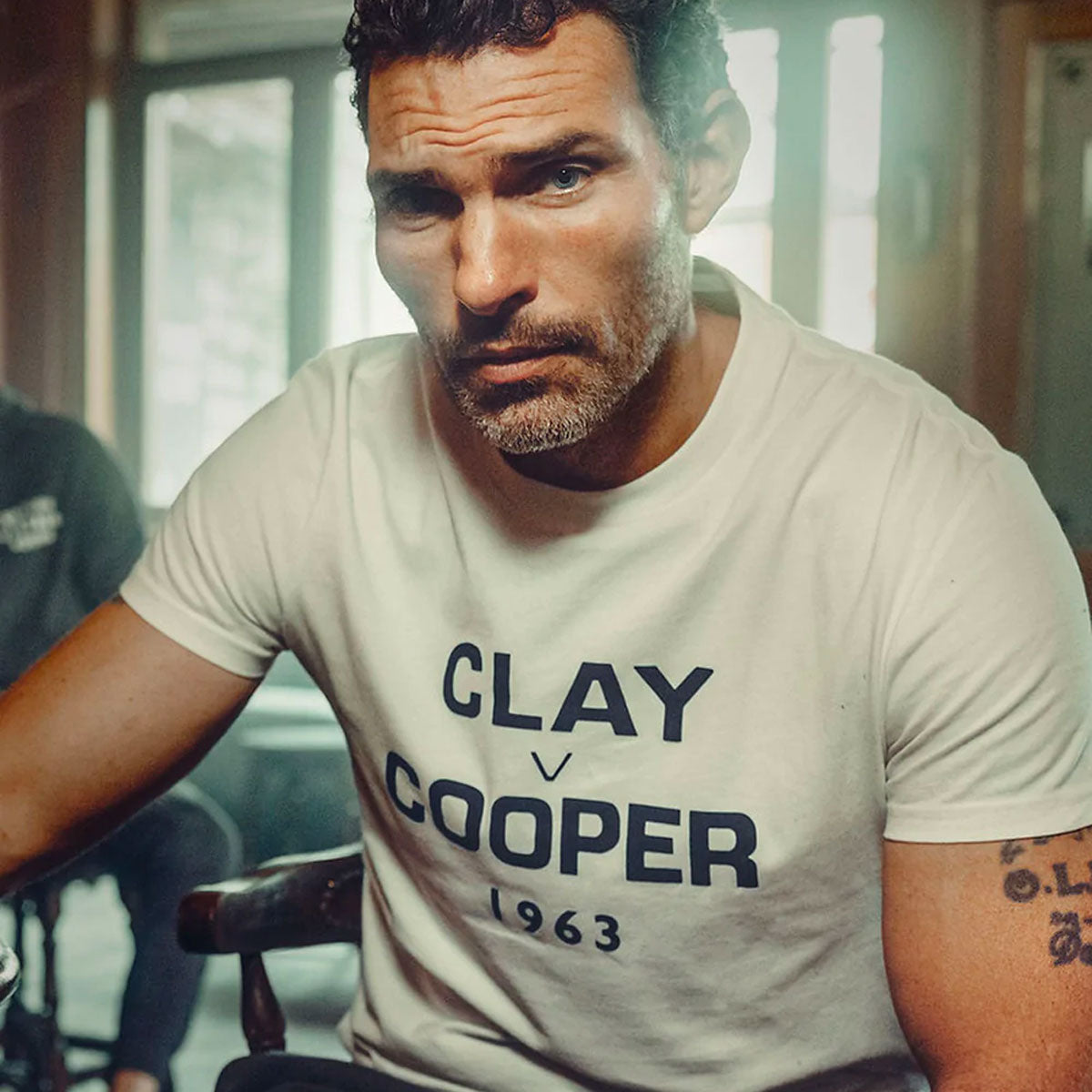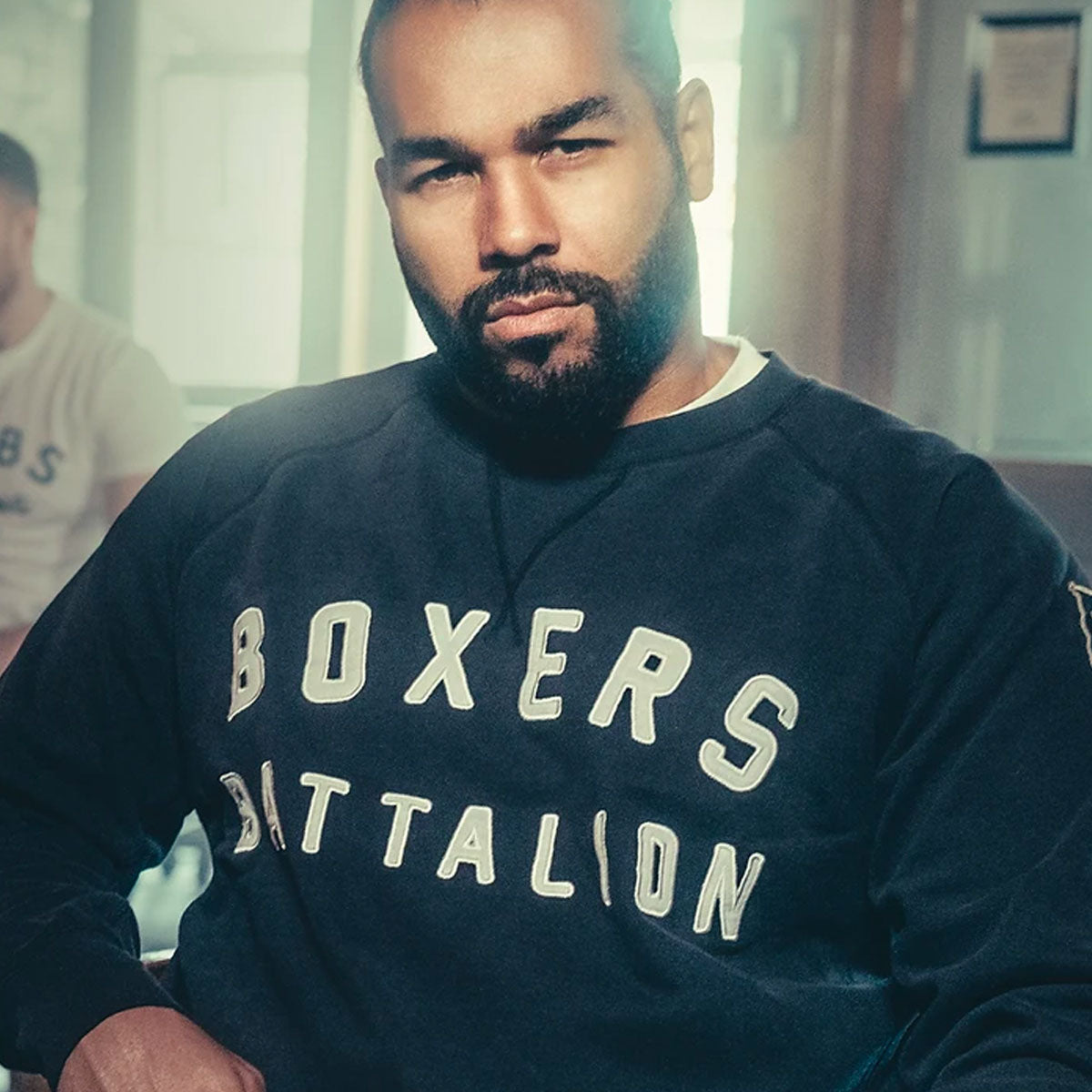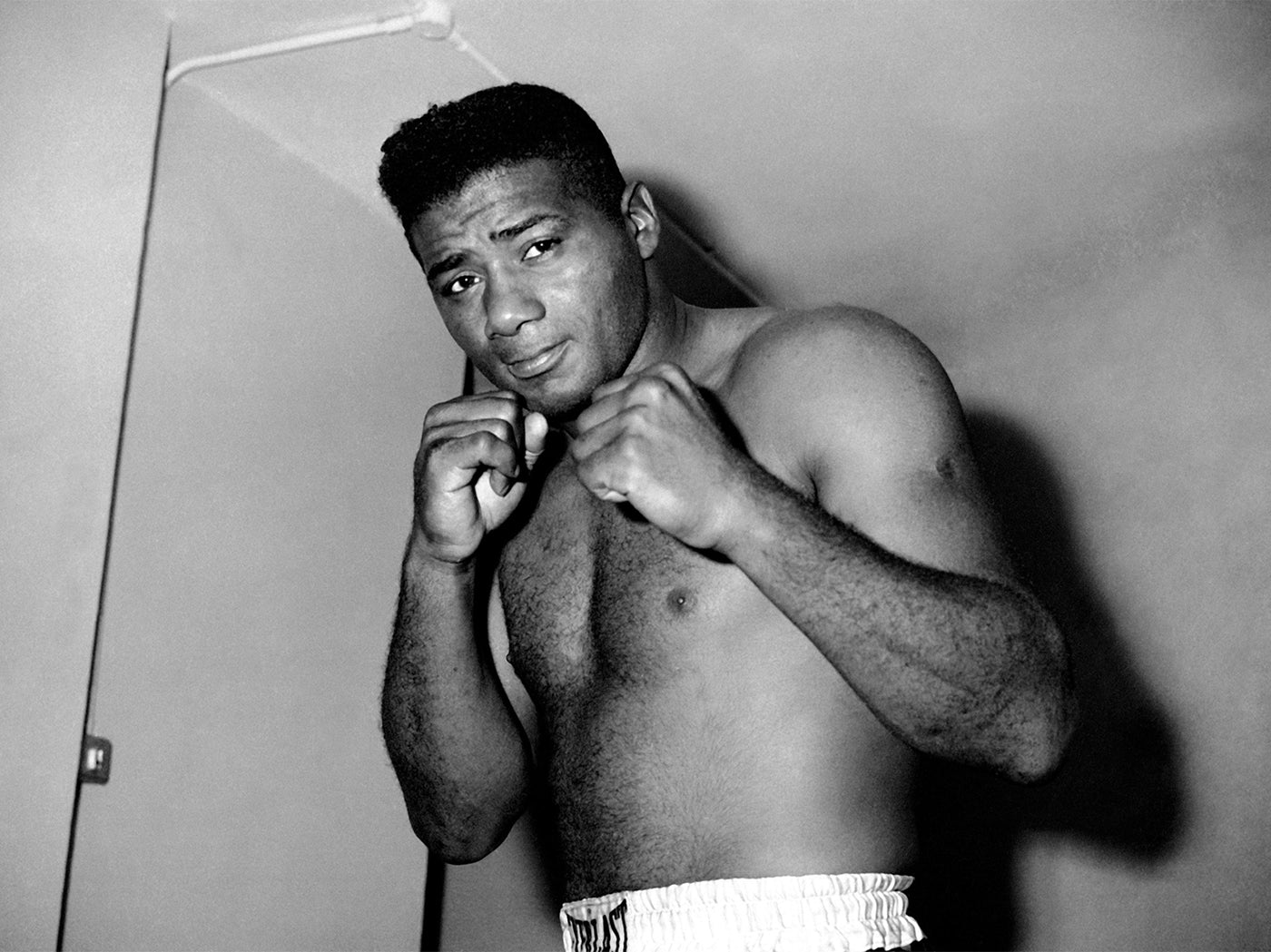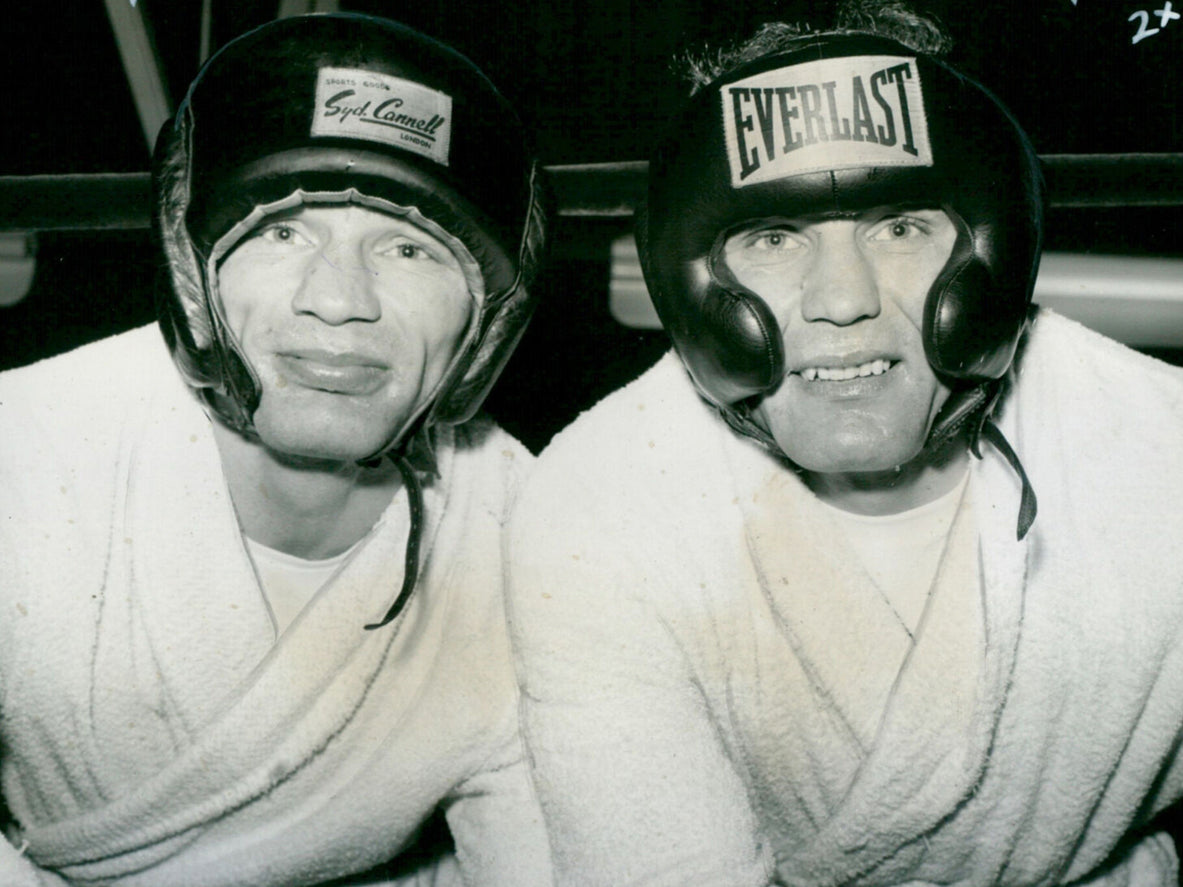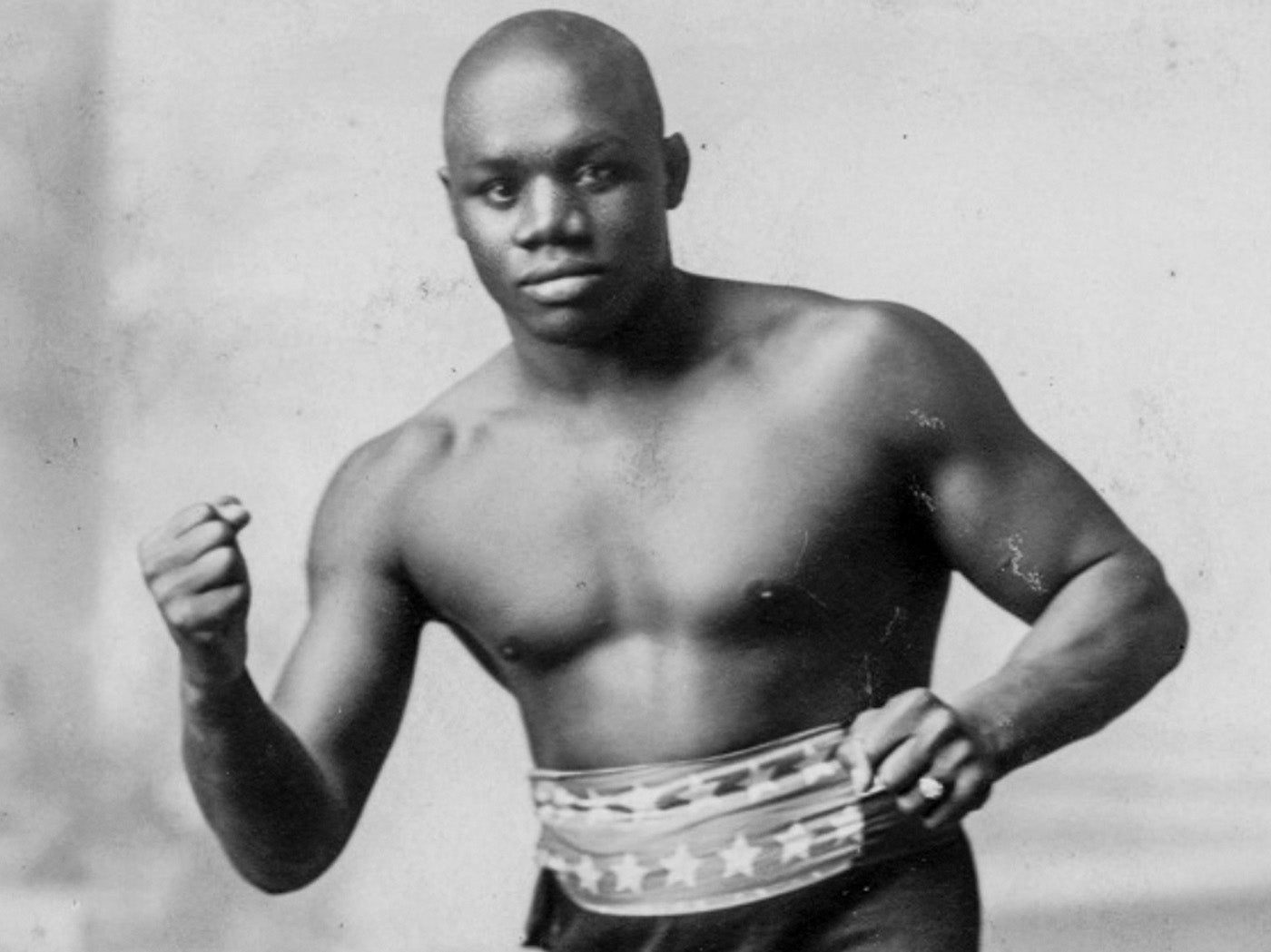‘It's like being in love with a woman. She can be unfaithful, she can be mean, she can be cruel, but it doesn't matter. If you love her, you want her, even though she can do you all kinds of harm. It's the same with me and boxing. It can do me all kinds of harm but I love it.’ Floyd Patterson
Floyd Patterson was one of 11 kids who grew up in Waco, California in very modest surroundings. Born on 4 January 1935, Patterson is fondly remembered for being one of boxing’s most friendly, well mannered and gentle human beings outside of the ring, however, as a child he was somewhat troubled, preferring to hang out in subway tunnels during the day as opposed to attend school. By the age of 10 his family moved to New York and he was sent to a reform school after repeatedly thieving and being truant. It was here he discovered boxing, which gave him that essential springboard to self-discipline. Patterson’s talent was not only ignited, but appropriately nurtured as he went on to win the Golden Gloves in 1951 and 52, before capturing middleweight gold at the 1952 Olympics in Helsinki. He drew a line under his amateur career with 40 wins (37 KO’s) and four losses.
A matter of weeks after the Olympics, Patterson turned professional on 12 September 1952, taking on 20 fight veteran Eddie Godbold at the St Nicholas Arena, New York. Weighing only four and a half pounds over the middleweight limit, Patterson knocked out Godbold in the fourth round.
Over the next 20 months, under the watchful eyes of manager and trainer Cus D’Amato, Patterson mastered D’Amato’s ‘peek-a-boo’ style and extended his record to 13-0, before coming up against Giuseppe Antonio Berardinelli in his fourteenth contest on 7 June 1954 at Eastern Parkway Arena, Brooklyn. Giving away nine pounds in weight, Patterson took on the light heavyweight future hall of famer, more commonly known as Joey Maxim, losing by a narrow points loss. The Brooklyn based boxer wouldn’t encounter another loss for five years and 24 fights, by which time the stakes were much higher.
Two years and 16 fights after the Maxim fight, Patterson took on Georgian born, Tommy Jackson at Madison Square Garden. The fight acted as a world title eliminator for the vacant title, further to Rocky Marciano’s retirement and Patterson was up against it stepping through the ropes against an opponent 16 lbs heavier and two inches taller. Following 12 tough rounds, Patterson managed to grind out a split decision points victory which earned him a shot at the greatest boxing prize on 30 November 1956 at Chicago Stadium against Archie Moore.
The Old Mongoose was predominantly a light heavyweight, but had given Marciano one of his toughest tests during their encounter at heavyweight. Despite having fought 188 times at this point in his career and entering the ring at 42 years of age, this was far from an old defenceless man and was in fact the bookies favourite. That said, Patterson knocked out Moore in the fifth round and by doing so became the youngest world heavyweight boxing champion of the world at the age of 21 – a bar Cus D’Amato would raise once again 31 years later with Michael Gerard Tyson. Moore in the meantime went on to defend his world light heavyweight title for a number of years after the Patterson bout, competing a further 31 times before retiring in 1963.

Patterson vs Moore
Patterson’s first defence was against old foe Tommy Jackson on 29 July 1957 at the Polo Grounds, New York. As opposed to their previous encounter 13 months earlier, Patterson dished out a one-sided beating and stopped ‘The Hurricane’ in the tenth stanza.
Next up, four weeks later was Washington’s favourite fighting son, Pete Rademacher. The 1956 Olympic heavyweight gold medallist was making his professional debut in front of an eager crowd at Sicks’ Stadium, Seattle, with onlookers eager to see if the elite amateur could make history in his first fight. Unfortunately, it wasn’t to be. Despite knocking Patterson down in the second round, Rademacher was knocked down six times and ultimately stopped in the dying seconds of the sixth session.
After dispatching unbeaten challenger, Roy Harris in 12 rounds and Brian London in 11 (despite weighing 24lbs more than Patterson), on 26 June 1959, Patterson entered the ring against Ingemar Johansson at Yankee Stadium, The Bronx. The Swede was unbeaten as a professional boasting 21-0 with a high knockout ratio. Despite being the favourite in what looked like a routine defence, Patterson was floored seven times in the third round, with referee Ruby Goldstein halting the proceedings at two minutes and three seconds of said round.
Rumour has it that Patterson was so ashamed with his performance that he refused to step foot outside of his house for a month. However, when the rematch had been announced for 20 June 1960 at the Polo Grounds New York, he immersed himself into the most ferocious training camp with Cus D’Amato, single minded in his focus to emerge the victor.
Almost a year to the day from losing his world heavyweight crown, Patterson, now the underdog, iced Johansson in the fifth round, unleashing two of the most devastating left hooks in close succession. The Swede was laid out cold on his back with his foot twitching, before regaining consciousness about two minutes later. Patterson not only won his self-respect and crown back, but he also entered the record books for being the first person in history to become a two-time world heavyweight champion, not to mention being awarded Ring Magazine’s Fight of the Year for 1960.
With the tally between Johansson and Patterson standing at one a piece, the rubber match was inevitable. On 13 March 1961, the pair squared up for their third and final clash at the Convention Centre, Miami Beach. With very little separating them with the bookies, Patterson looked like he was in line for an early shower after hitting the canvas twice in the opening round. Thankfully for Floyd he was able to regain his senses and repaid the favour, flooring Johansson in the dying seconds of the first round. Despite a close contest from here on, Patterson was able to execute the definitive attack in the sixth round which negated the possibility of the Swede making the 10 count. The pair went on to become lifelong friends and Patterson even fought on a number of Ingo’s shows in Sweden in the coming years.
After defending his strap against Tom McNeeley, knocking down the Arlington resident 11 times in four rounds, Patterson took on arguably one of boxing’s most fearsome characters of all time, Sonny Liston. With his mob connections and scary demeanour, many had marketed this fight as ‘Good versus Evil,’ with Patterson the visible underdog.
On 25 September 1962, the Arkansas colossus weighed in 24lbs heavier than Patterson as the pair locked horns at Comiskey Park, Chicago. After a mere two minutes and six seconds, Liston knocked out Patterson. Embarrassed by his swift exit, Patterson left the venue with a fake beard and sunglasses, eager to not have any media attention. Despite explaining to the press a few weeks later that he’d gone into the fight with the wrong gameplan, Patterson was knocked out at almost the exact same second of the first round in their rematch on 22 July 1963. Patterson said of the fight at a later date, ‘When you're knocked down with a good shot you don't feel pain.’ Perhaps the $2 million payday helped to take the edge off the loss.
Patterson’s next five fights were a wanderlust extravaganza, packed with enough action to earn him another shot at the title. Six months after the Liston rematch, Patterson defeated Santo Amonti in Sweden, followed by Eddie Machen, also in Sweden, before finishing 1964 with a win over Charlie Powell in Puerto Rico. Six weeks after returning from San Juan, Patterson ground out a close points victory to beat George Chuvalo at Madison Square Garden. The fight was nominated as Ring Magazine’s Fight of the Year for 1965. Three months later Patterson returned to Sweden, knocking out Texan Tod Herring in three rounds.
Since losing the Liston, a new kid on the block had taken charge of the heavyweight division. On 22 November 1965, Patterson took on Muhammad Ali at the Convention Centre, Las Vegas as a massive underdog hoping to become three-time world champion. Unfortunately, he was up against arguably the best heavyweight champion of all time in Ali, who was arguably at his peak. After being a country mile behind on three judges scorecards, Ali stopped Patterson in the twelfth of 15 scheduled rounds.
There was still plenty of fight left in 31-year-old Patterson and 10 months after his crushing defeat to Ali he took on England’s sweetheart, Henry Cooper at the Empire Pool, Wembley. Despite both fighters being of almost identical size, weight and stature, it was one way traffic as Patterson knocked down ‘Our Enry’ three times en route to a fourth round stoppage.
After a couple of knockout victories against nondescript opposition, Patterson fought the Bellflower Bomber, Jerry Quarry at the Memorial Coliseum, Los Angeles on 9 June 1967. In an entertaining contest which saw Patterson hit the canvas twice in the second round and Quarry in the seventh, the pair walked away with a majority draw (one out of the three judges favoured Quarry.) Four months later they met again, but this time the pair were fighting in a WBA world title eliminator tournament, with the victor taking on Jimmy Ellis. Once again, the contest was extremely close, but this time Quarry gained a majority decision victory. Despite defeating his next opponent and winning the tournament, Quarry lost to Jimmy Ellis by the tightest of margins in a majority decision loss. In the meantime, Patterson was now back in the fold and took on Ellis for his WBA strap in Stockholm, Sweden on 14 September 1968. Patterson put on a good performance, but unfortunately lost by three clear rounds.

Patterson vs Quarry
Despite a two year layoff, Patterson’s desire to fight still remained and on 15 September 1970 he embarked on a nine fight winning streak, which involved a much respected win over Ringo Bonavena at Madison Square Garden on 11 February 1972. After suffering a knockdown in the fourth round, Patterson rallied back to win a clear cut unanimous decision against the stocky Argentine.
Patterson’s swan song was on 20 September 1972 against Muhammad Ali at Madison Square Garden. Outweighed by 30 lbs, a badly cut and swollen 38-year-old Patterson trailed on all three score cards before the referee stepped in to bring the contest to a halt in the seventh round. He finished his career with 55 wins (40 KO’s), eight losses and one draw.
After stepping away from professional boxing, Patterson remained close to the sport which changed his life, setting up an amateur boxing club, in addition to serving two terms as chairman for the New York State Athletic Commission. Having grown up as an unsettled child, Patterson took pride in counselling troubled kids in New York. Patterson said in later life, ‘When I get up in the morning and I run and work out in the gym, it puts me on a physical high that is so good I don’t need any other drug. This is what boxing did for me and hundreds of kids that I’ve trained. It steered them off alcohol and drugs and put them on a path of physical fitness for the rest of their lives.’
His son, Tracy Harris Patterson went on to become a two-weight world champion, which became another first attributed to Floyd’s CV, in that they were the first father and son combo to be world boxing champions.
Patterson sadly died at home aged 71 from dementia and prostrate cancer. He was buried at New Paltz Rural Cemetery in New Paltz and will always be remembered as a gentleman first and foremost, swiftly followed by an outstanding boxer. Despite being an undersized champion who would have struggled to make cruiserweight limits in the modern age of boxing, Floyd Patterson’s skill, footwork and boxing brain rightly earned him a place in the International Boxing Hall of Fame in 1991. Not only that, his list of ‘firsts’ are worth revisiting. He was the first Olympic champion to become world champion, he became the youngest world heavyweight world champion at 21 years of age, not to mention become the first to regain the world heavyweight title. He set the bar high and it will be a long time before another fighter engrains themselves with that level of pioneering status.
Paul Zanon, has had 11 books published, with almost all of them reaching the No1 Bestselling spot in their respective categories on Amazon. He has co-hosted boxing shows on Talk Sport, been a pundit on London Live, Boxnation and has contributed to a number of boxing publications, including, Boxing Monthly, The Ring, Daily Sport, Boxing News, Boxing Social, amongst other publications.

